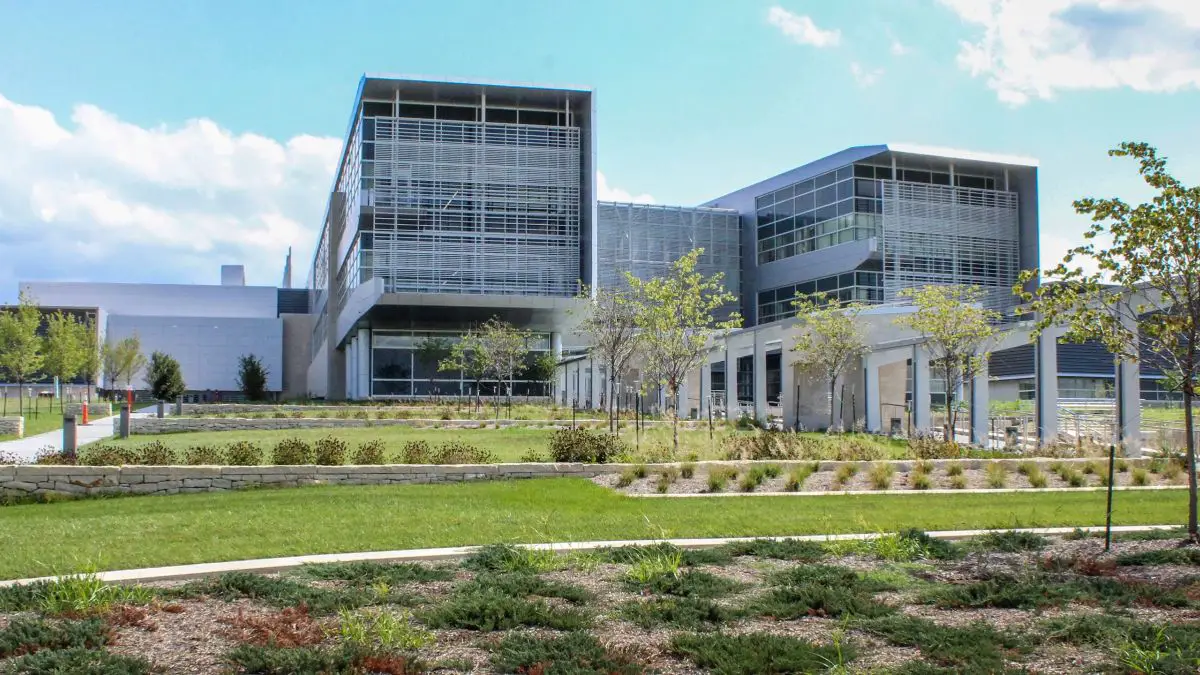Construction on the $1.06 billion National Bio and Agro-Defense Facility in Kansas, built by a partnership between McCarthy Building Companies and Mortenson has been completed. Dubbed the nation’s top animal disease research facility, it sits on 48 acres in Manhattan Town. The 707,000-square-foot facility replaces the deteriorating Plum Island Animal Disease Center at Orient Point, New York. Intended to protect public health as well as the safety and security of the country’s food supply, the facility will be the first biodefense station in the nation with a biosafety level 4 containment system. The system is capable of keeping large livestock once it is fully operational. The highest classification on the biosafety scale is BSL-4.
Also Read: Construction on Panasonic battery cell factory in Kansas set to begin
The BSL-4 containment laboratories at the Kansas location will allow researchers to safely examine and treat a range of high-risk animal infections. Furthermore, the facility will aid in the creation and production of potential vaccines, and diagnostic tools. Veterinary medicinal countermeasures will be made possible via a biologics development module. The Department of Homeland Security ordered the construction of the facility. It adopted a high-wind standard from the Nuclear Regulatory Commission into the facility’s design. Additionally, it incorporated strict confinement, blast resistance, and anti-terrorism requirements.
The Department of Agriculture will eventually run the plant after a transition period. The complex has a 574,000-square-foot laboratory area. Additionally, it has an 87,000-square-foot freestanding central utility plant that holds boilers, chillers, and emergency diesel generators.
Comments on the National Bio and Agro-Defense Facility in Kansas
According to Dr Dimitri Kusnezov, DHS Under Secretary for Science and Technology, “the new facility’s mission is to safeguard the United States against transboundary, emerging, and zoonotic animal diseases that threaten the food supply, agricultural economy, and public health.” S&T and the United States Department of Agriculture (USDA) have worked together on the needs of this facility since 2005.

